Article by Aija Freimane, PhD, Lecturer and Design Researcher at TU Dublin School of Art and Design, Ireland; Director of Board, NGO “Creative Partnership”, Latvia.
In the last decade design methods such as co-designing, co-creation, user experience creation, user-centred and participatory design have emerged along with experience, service, system and product design to emphasise society, community or a user – a human being as an individual. Inclusive community building, its strategies and policies are not just central to social design.
Community development highlights two core principles – collective action and empowerment to bring people together to develop a shared vision and interests. A community building approach requires people, groups and organisations to work together to build connections, understanding and confidence. Design, in tandem with above-mentioned methods, has claimed to be the solution provider to almost all problems.
Design action and its results impact the economy as well as ecology and society in the long-term by transforming the environment and human lifestyles, habits, values and behaviour. Also, it is said that design creates the future, design reacts to external economic, social or environmental problems, challenges or effects. (1)
Sense of community and sports team victories
In May 2023 Neapolitans in Italy, and Latvians all around the world witnessed their sport teams triumphs and the positive effect these victories brought to the society and community.
In May 2023, after thirty-three years of waiting, SCC Napoli won the Italian football championship. Thousands of fans celebrated their team’s victory in the streets (2) and the city exploded in joy at the success of its soccer team. Flags, banners, scarfs and decorative ribbons across streets of the city visually reflected pride, joy and identity. It is worth noting that one man could not decorate the streets alone. It was teamwork, an arrangement among neighbours towards one goal and a common value to express joy, belonging, expressed either verbally or felt by every member of the community. It was visible that the activity to decorate the city was a bottom-up approach. It was also clear that the municipality of Naples did not restrict residents by issuing specific instrumental notices.
Photo by Aija Freimane, May 2023, Naples, Italy.
In May 2023, buoyed by incredible fan support at Nokia Arena in Tampere, Finland, the Latvian National ice hockey team played with heart and determination, taking the country to it’s the first ever top-three finishes and winning their first bronze medal at the IIHF World Championship. (3) Thousands of fans celebrate not only indoors in arenas, but also outdoors on big screens in public spaces all over cities, towns, and villages of Latvia followed the championship. The sense of unity, community, identity, pride engulfed the country over two weeks reaching its peak with the arrival of the victorious squad back in Riga, the whole country aching to see the bronze medal the team brought home.
Photo by Edijs Pālens/LETA, May 2023
Both examples demonstrate collective action and empowerment to bring people together, a shared vision and passion, mixed with unbridled joy. Both required people and sport teams to work together to build connections and understanding, to create an experience and feel belonging. Both illustrated an incredibly powerful sense of community that emerged without any community building strategy, plan or application of any co-designing, co-creation, user experience creation, user-centred and participatory design method.
What these two above mentioned experiences of sports fans and teams could propose to design?
People coming together, interacting with each other, create experience. Design theory states that experience design principles and activities play a crucial role in creating genuine and impactful experiences for users either provided by services, systems or products. By adhering to experience design principles and engaging in specific activities, designers claim to design experiences that resonate with users on a deeper level. No doubting that, there is something remarkable that designer teams and designers, community activists and even municipalities can learn from sports team fans and winning sport teams.
To come up with attributes and impact areas that could guide towards better social, experience and service design practice in community developing, express open-ended interviews with fans were caried out, and publicly available information and interviews were analysed.
Honesty
Feeling honesty is closely tied to our internal sense of truthfulness. Honesty as an intangible value is linked to the opened communication and a safe space where people feel comfortable expressing their thoughts and opinions without fear of judgment or repercussions. In sports people express their emotions so openly, publicly and with such honesty that, every member of the community and stakeholder is engaged in building trust – a basis for social capital in community.
Genuine emotions
Feeling and expressing genuine emotions refers to experiencing and communicating emotions in a way that is authentic, sincere, and reflective of one’s true inner state, without trying to force or manipulate them to fit in societal expectations. Genuine emotions reflect honesty and acknowledge what you truly feel, even if it’s uncomfortable or vulnerable, and accept emotions without trying to rationalize or dismiss them. Expression of genuine emotions can be influenced by cultural norms and expectations. It requires courage and vulnerability, as it involves sharing your true feelings without fear of judgment or rejection, and, by allowing yourself to be vulnerable, you create opportunities for deeper connections and authentic interactions with others. (4) There are cultural variations in how emotions are perceived, regulated, and expressed. Genuine emotions are foundations for memorable experiences through any product-service-human interaction.
Joy
The happiness and joy of sports team victories are contagious. Winning sportsman and coaches acknowledge their input to create a happy society: there are people here who will be able to get through difficult moments in their lives because they remember this moment (5), and, seeing Neapolitans happy is enough to give you a sense of that joy they are feeling (6). For Latvians, 2023 will always be cherished as a year where they beat the odds on their home ice and then in Finland, making their loyal supporters rapturously happy. (7)
Joy conveys positive emotions, which are associated with greater resilience and psychological well-being. Joyful moments can buffer against stress, improve mood, and increase overall life satisfaction. (8) Joy cultivates a sense of optimism and positive outlook on life. It can enhance individuals’ ability to cope with challenges and setbacks, fostering a resilient mindset. (9) Expressing joy and sharing joyful experiences can strengthen social connections and deepen relationships with others. Joy is contagious and can create a positive and uplifting atmosphere, fostering greater social cohesion. (10)
Belonging
A sense of community is fostered by coming together to support sports team, to share experiences, emotions, and a common language. Coming together as communal bond provides a feeling of acceptance, camaraderie, and shared purpose. As fans unite in cheering for their team, sharing victories and defeats, they form a collective identity and a sense of belonging that transcends individual differences. Personal values and interests provide a sense of belonging to a group of like-minded individuals who share a common passion for a team or sport.
Sense of community is built by active engagement and collaboration. Shared experiences, such as attending games or watching matches together, create a sense of collective identity and belonging. Rituals like team chants, pre-game traditions, or post-match celebrations further strengthen the emotional bond among fans. Fandom connects us to other like-minded people, which satisfies our human need for belonging, says Daniel Wann. (11)
Identity
Identity and belonging, refer to the sense of self and the feeling of being part of a larger community that arises from one’s affiliation and engagement with a particular sports team or sport. Identity is linked to the symbolic interactionism (12) that emphasizes how shared meanings and symbols shape social interactions. Being a sports fan involves shared rituals, symbols (such as team logos or colours), and language that contribute to the formation of a distinct fan identity.
Tribes and symbols
The sense of tribe and symbols plays a significant role in the identity and experience of sports fans. It encompasses the feeling of belonging to a particular fan community. The use of symbols such as logos, colors, and uniforms play a crucial role, represents and unite fans. Being a sports fan creates a sense of tribalism by connecting individuals with a shared passion for a team or sport, fostering a sense of belonging within the fan community.
Emotional connection
Being a sports fan often involves deep emotional connection to the team, its players, and the game itself. These emotional attachments contribute to the sense of identity and belonging, as fans invest their emotions and energy into supporting and celebrating their team’s successes and persevering through challenging times. Emotional attachment and shared rituals as emotional bonding allows fans to express their emotions, creating a collective emotional experience that strengthens their connection to the team. (13) Rituals and traditions are symbolically significant to the fan experience by creating a sense of continuity, reinforce fan identity, and enhance the overall sense of tribe and belonging. (14)
Teamwork and shared goals and values
Clear goals and shared vision provide direction and motivate team members to work together toward success. Winning teams have strong leaders who provide guidance, inspire, and motivate team members. They foster a positive team culture, set clear expectations, and empower individuals to reach their full potential. Each team member takes responsibility for their tasks and commitments, ensuring that everyone contributes to the team’s success. At the same time, successful teams also establish mechanisms for shared accountability.
Long process, repetition and overcoming difficulties
To reach the goal towards the vision demands commitment and time. Every victory is the coronation of a dream that in the Neapolitan case has been ongoing for 33 years. It was acknowledged that it’s been a long process. (15) “Small steps are our goal, but I hope this inspires the people who play hockey. And also, the people who have the 9-to-5 jobs who come out and cheer for us. Hopefully, it inspires them to be better every day.” (16) Commitment to a goal over time is a crucial characteristic for achieving success.
What design can benefit for community building practices from sports team victories?
Are honesty, genuine emotions, joy, belonging, identity, emotional connection, teamwork and shared goals and values, long process, repetition and overcoming difficulties, and use of symbolic attributes unknown in design? In one word no, as applying design methods as co-designing, co-creation, user experience creation, user-centred and participatory designers aim to create heartful and honest experience, service, system, social and product design that emphasise society, community or a human (user). At the end also community development aims to empower people towards collective action and to bring people together, to share vision and interests, to work together, to build connections, understanding and confidence.
An experience and service design takeaways for community building practice from sports team victories the first is about creating a safe space where individuals feel comfortable being honest with themselves. Second, an interaction with the space, products, services, and people should cultivate positive emotions, optimism, and a positive outlook on life. Third, an experience and service design in community building should remember that symbolic interactionism plays a significant role in this process, as the use of symbols and the shared passion within the group create emotional connections. Ultimately, creating a safe space where individuals can be their authentic selves and connect with others in meaningful ways leads to enhanced well-being and a sense of belonging.
To ensure success, clear goals and a shared vision are vital also in every design team and in the individual designer practice, while strong leaders take responsibility and guide the process.
Takeaways for community building from sports team victories:
Design encourages authenticity, sincerity, and reflection of users’ true inner state during product, service or system usage. By creating spaces and interfaces that allow individuals to express themselves genuinely, designers can foster a sense of trust and emotional connection. It is about honesty, genuine emotions, belonging, identity, and emotional connection.
Designers recognize that their work requires courage and vulnerability. Just as individuals in a safe space must be brave to share their thoughts and emotions, designers must take risks, challenge norms, and explore new ideas to create meaningful experiences. It is about honesty, genuine emotions, emotional connections, and long process, repetition and overcoming difficulties.
Design aims to evoke positive emotions and cultivate an optimistic outlook on life. By considering the emotional impact of design choices, designers can uplift users, promote well-being, and create experiences that inspire and motivate. It is about honesty, genuine emotions, joy, belonging, identity, sense of tribe and use of symbols, teamwork and shared goals and values.
Designers can explore symbolic interactionism. It is about honesty, genuine emotions, joy, belonging, identity, sense of tribe and use of symbols, affiliation, and engagement among users.
Design by having clear goals and a shared vision aligns with the needs and desires of users. By establishing a common purpose and direction, designers can ensure that their work resonates with the intended audience and creates meaningful experiences. It is about honesty, teamwork and shared goals and values, emotional connections and belonging.
Design leadership and responsibility by reacting to societal, environmental, technological, or political governance problems and challenges impact our common future. It requires patience and persistence as designers embrace small steps and incremental progress, recognizing that each improvement contributes to the overall growth and success of the design. It is about honesty, long process, repetition and overcoming difficulties.
By incorporating these principles into design practice, designers can create meaningful and impactful experiences that provide a safe and authentic space for users to connect, express themselves, and grow emotionally.
References
(1) Freimane, Aija; “Design footprints for mining the future” Edukacija mene, menui, per mena (education in, for and trough art), ACTA Academiae Artium Vilnesis, ISSN 1392-0316; ISBN 978-609-447-279-4; 105.-116 pp
(2) https://www.lemonde.fr/en/sports/article/2023/05/05/in-pictures-naples-erupts-in-joy-after-first-napoli-series-a-win-in-33-years_6025580_9.html
(3) https://www.reuters.com/sports/ice-hockey-latvia-beat-us-claim-historic-world-championship-bronze-2023-05-28/
(4) Brown, Brené; TED Talk on “The Power of Vulnerability”; https://www.ted.com/talks/brene_brown_the_power_of_vulnerability/c
(5) https://www.espn.com/soccer/story/_/id/37638375/napoli-win-first-italian-serie-title-33-years-draw-udinese-maradona
(6) https://www.aljazeera.com/sports/2023/5/5/napoli-seal-first-italian-football-league-title-in-33-years
(7) https://www.iihf.com/en/events/2023/wm/news/45379/usa-lat
(8) Fredrickson, Barbara. L. (2001). The role of positive emotions in positive psychology: The broaden-and-build theory of positive emotions. American Psychologist, 56(3), 218-226.
(9) Lyubomirsky, Sonja. (2008). The How of Happiness: A New Approach to Getting the Life You Want. Penguin Books.
(10) Hatfield, Elaine; Cacioppo, John T.; Rapson, Richard L. (1994). Emotional Contagion. Cambridge University Press.
(11) Stieg, Cary. (2020). Sports fans have higher self-esteem and are more satisfied with their lives (whether their teams win or lose), https://www.cnbc.com/2020/07/23/why-being-a-sports-fan-and-rooting-for-a-team-is-good-for-you.html
(13) https://www.sciencedirect.com/topics/social-sciences/interactionism
(14) Wann, Daniel L., & Branscombe, Nyla R. (1993). Sports fans: Measuring degree of identification with their team.
(15) Csikszentmihalyi, Mihaly, & Rochberg-Halton, Eugene. (1981). The meaning of things: Domestic symbols and the self. Cambridge University Press.
(16) https://www.espn.com/soccer/story/_/id/37638375/napoli-win-first-italian-serie-title-33-years-draw-udinese-maradona
(17) https://www.iihf.com/en/events/2023/wm/news/45379/usa-lat


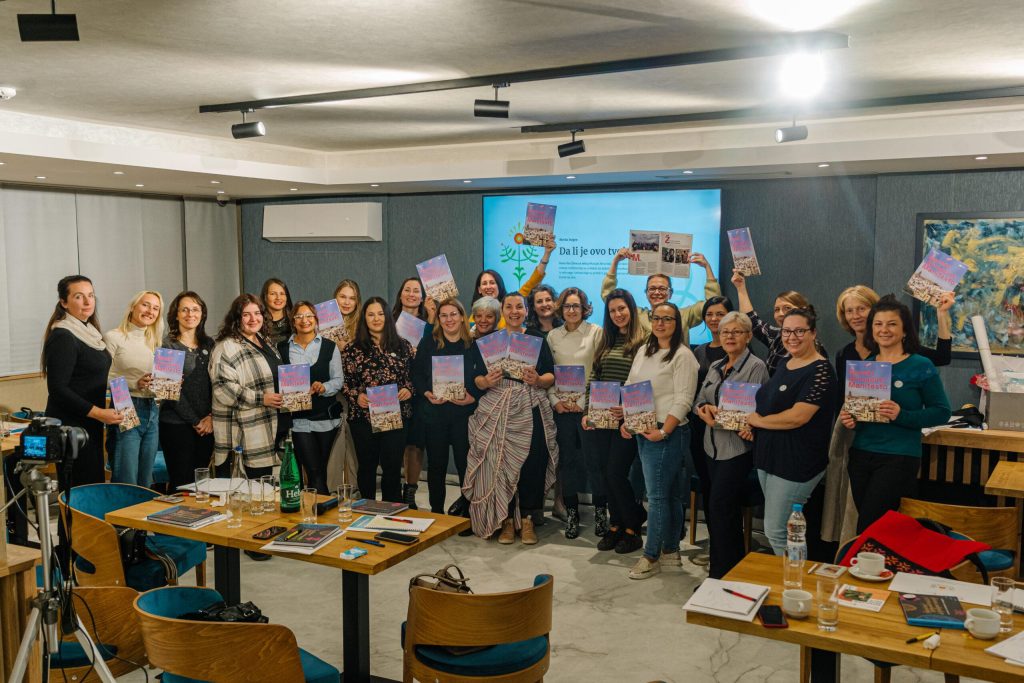
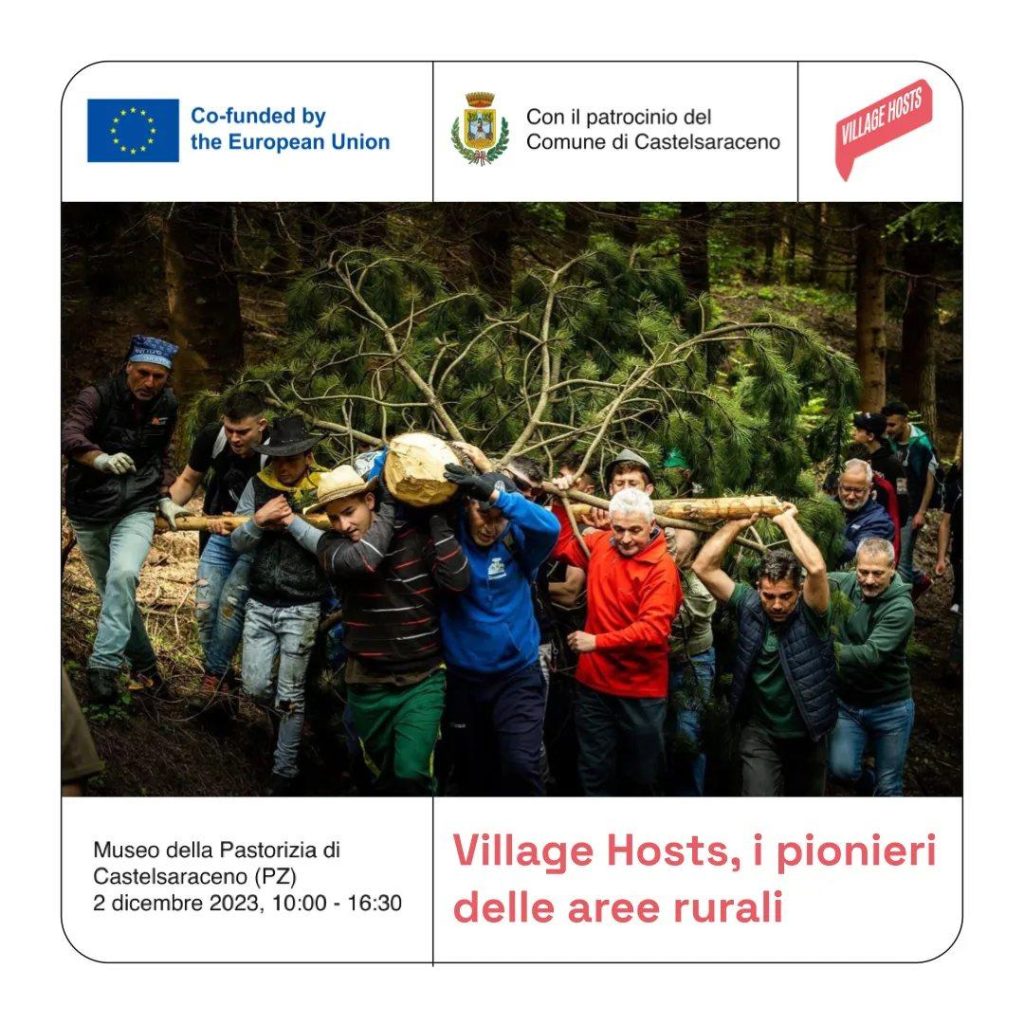
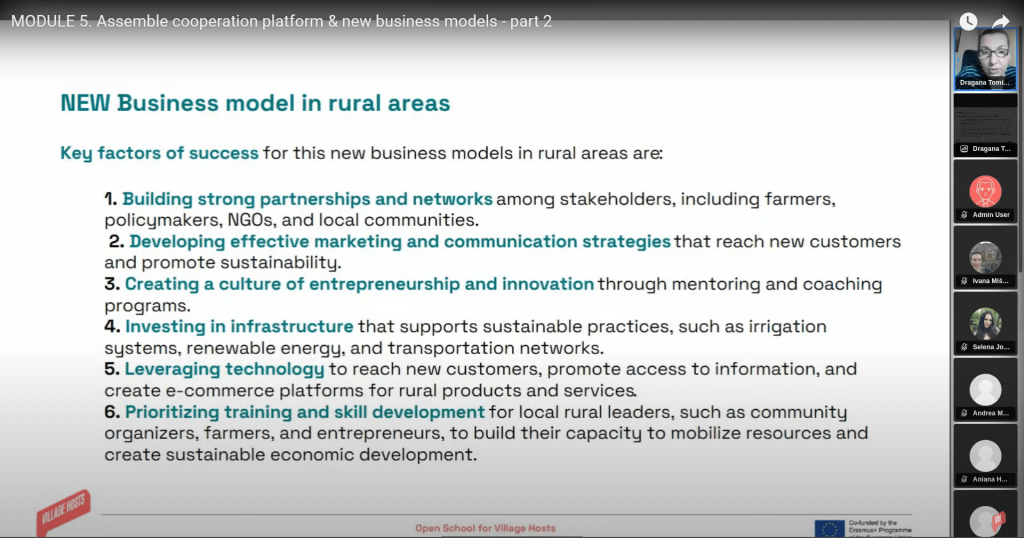
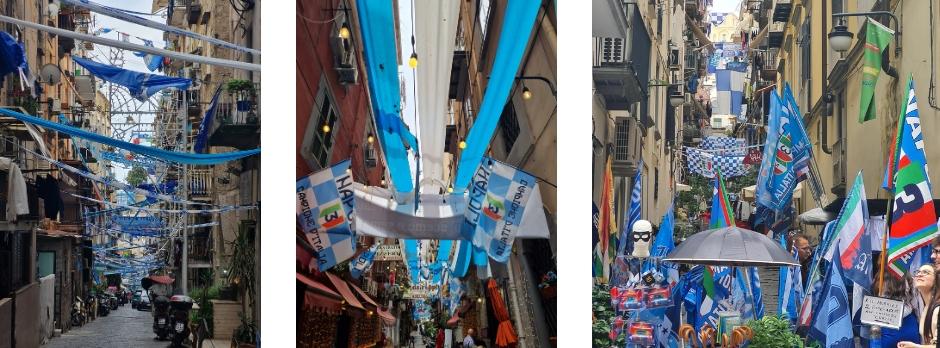
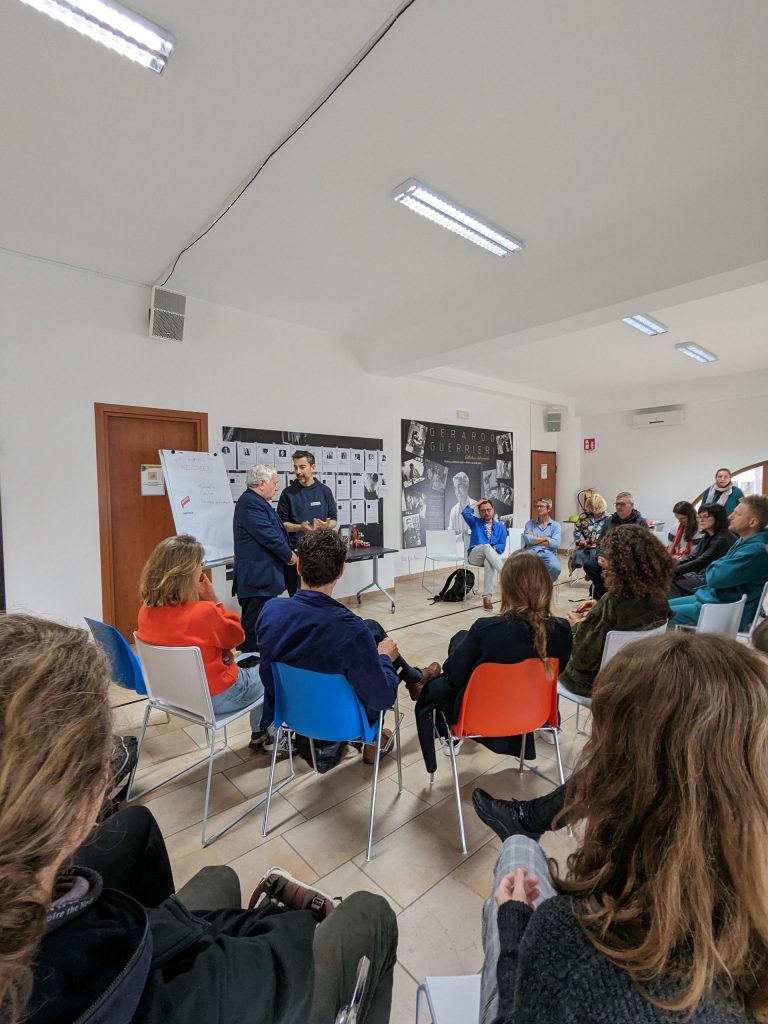
 Co-funded by the Erasmus+ Programme of the European Union
Co-funded by the Erasmus+ Programme of the European Union